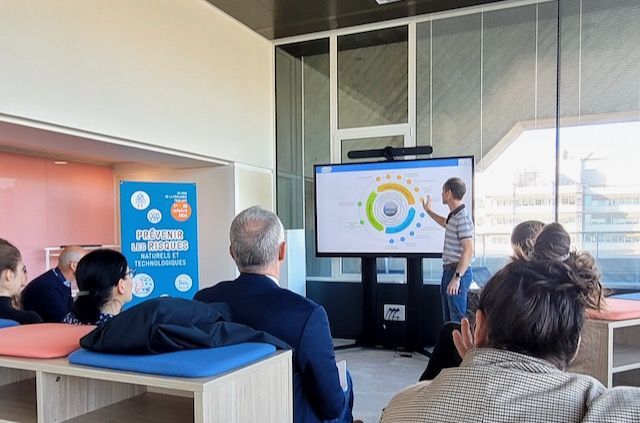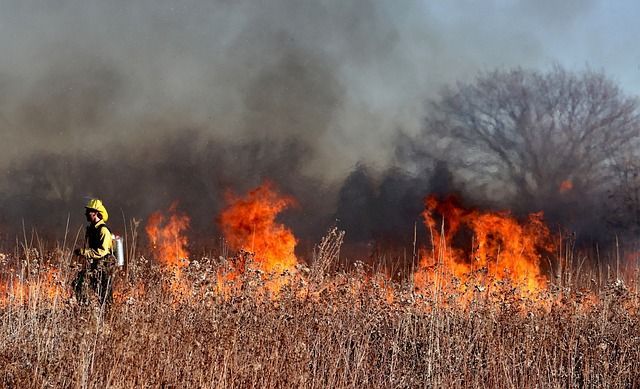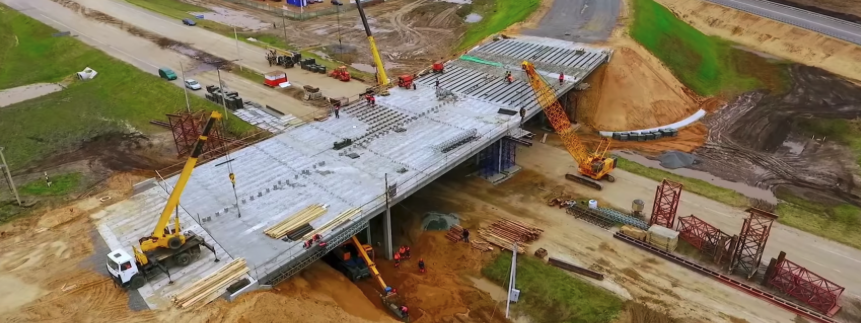What can we learn from hospital emergency departments about managing a business crisis?
Hospital Emergency departments and business Crisis Management Teams (CMTs) may not, at first glance, have much in common. Hospital Emergency departments deal with emergency situations and life-threatening events every day. They are constantly having to deal with critical situations, having to adapt to ever-changing conditions and events on many fronts and to re-prioritise their actions. They face critical challenges every day, all the while having to act under pressure. They provide a fantastic service to the community that they serve.
Unlike the teams of people who work in hospital emergency departments, Business Crisis Management Teams (CMTs) hopefully do not need to come together very often to manage a crisis event. Although these CMTs may come together less often than hospital emergency department teams, they need to make sure they practice their skills for managing a crisis so that, when they need to form a CMT to manage a crisis, they do so quickly, with the structure they need quickly put in place to manage what will be a fast-changing situation, having to synthesise and act upon lots of information, some of it factual and some of it “noise”. Just as hospital emergency department teams do, they need to make quick decisions in a stressful environment, whilst considering the impacts these decisions will have. Just like a hospital emergency department, the business CMT needs strength in depth, with back-up people on call for occasions when the principal designated CMT members are not available.
So, whilst business CMTs are not the same as hospital emergency departments, there are some lessons that can be learned from them.
I have published some further thoughts on key elements to managing a crisis in a paper that is available in the Articles & Papers section of my website.










